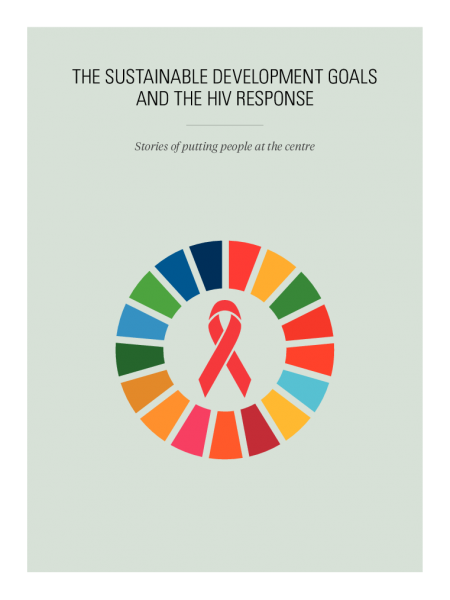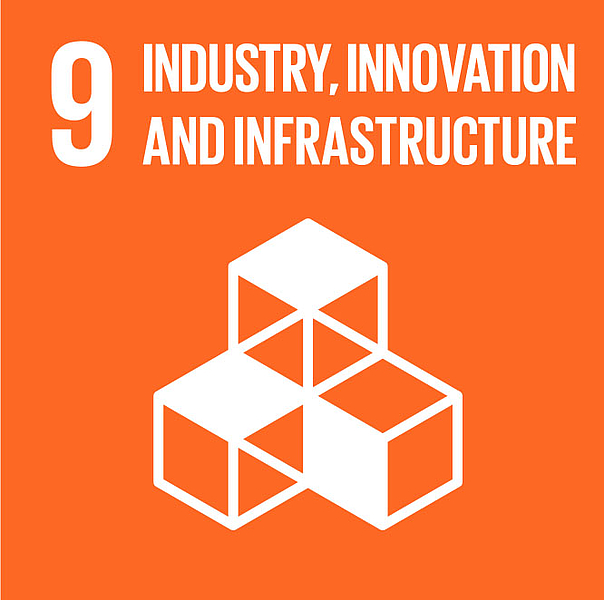As a young volunteer in a Burkina Faso hospital, Christine Kafando, had a lot of convincing to do. In 1997, HIV meant deadly illness so no one believed her when she told people living with HIV that she was positive.
“People accused me of lying saying I was too healthy looking,” she said. One time, Ms Kafando took her treatment with someone to show them that she was indeed living with HIV.
Despite patients’ resistance, she persevered. She even started going to people’s homes to do routine check-ups.
“At the time,” she explained, “the hospitals and staff did not know how to handle HIV, so we stepped in and filled the gap.”
It had been a year since Ms Kafando had found out that she was living with HIV. She and her university sweetheart (and now husband) had gone for a test together. He was negative but she was not.
She describes being very scared and her dreams dashed. Her husband desperately wanted children and left her six months after her diagnosis. With her family’s support, she started raising awareness about HIV. Ms Kafando became the first HIV positive woman to reveal her status publicly in Burkina Faso.
“I realized that people thought HIV happened to others but I proved to them that it can happen to anyone,” she said.
Having joined the newly formed REVS+ organization - run and led by people living with HIV- as a volunteer, she found her purpose.
She became as trusted as the various doctors and often acted as a liaison between families and the hospital.
It dawned on her that helping people access treatment and monitor their health was one thing but more needed to be done on the prevention front.
She split her time between the hospital and testing clinics.
Tirelessly Ms Kafando hammered over and over the same message, “Better to know what ails you than live in ignorance. Get tested.”
The ‘loudmouth’ as her peers call her even got Burkina Faso’s president to pay attention. “I told him, ‘if you do nothing about HIV, you will have no one left to govern,’” she said proudly.
Suddenly she knew that her fighting spirit paid off because the then president Blaise Compaoré not only got tested but treatment costs decreased and testing became free of charge for women and children.
Burkina Faso sociologist and HIV technical coordinator Dao Mamadou describes Christine as someone who puts words into actions.
“She has dedicated nearly 20 years of her life helping women and children living with HIV who has never ceased to serve others,” Mr Mamadou said.
She adopted two children and furthered her experience in the health sector.
Reflecting back to 2003, she said that as community healthworkers, they had forgotten a key component.
“A few times, couples living with HIV would come to see me and I would inquire about their baby and the mom would say, ‘he died,’” she said.
No one had thought about HIV transmission to babies and the children’s well-being beyond birth so Ms Kafando founded the Association Espoir pour Demain (AED).
Her organization raised HIV awareness among expectant mothers and in maternity wards. In no time, AED became the reference for all pregnant women living with HIV.
Mr Mamadou, the HIV technical coordinator, said he had seen Christine become an icon.
“She is considered to be our Mother Teresa for countless orphans and vulnerable children,” he said.
Through time her organization branched out beyond Bobo Dioulasso. She got various HIV organizations to join together to coordinate funding and resources better.
Her proudest moment, she said, was getting French and Burkina Faso national recognition in 2011.
“I realized upon getting those honors that I saved lives,” she said.
Her current schedule has her shuffle back and forth from the capital city to Bobo almost twice a week.
She is frustrated because young people these days seem impermeable to HIV.
“HIV treatment has coaxed people into thinking that they can beat this, but that’s not the way to think about it,” she said.
Her current battle entails launching new HIV prevention campaigns and getting the word out although she admitted, “I will always be a fighter in the AIDS response.”




